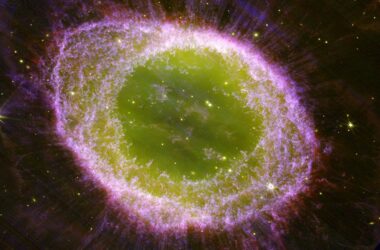CHRISTINA KOCH has the form of job youngsters dream of. Starting in 2019, on her first mission to the Worldwide Area Station (ISS), the NASA astronaut lived in area for 328 days – the longest time any lady has spent there. Throughout that mission, she 3D printed organic tissues, grew proteins, labored on a darkish matter experiment and made up half of the primary all-female spacewalk.
Now, as a part of the area company’s bold challenge to ship individuals again to the moon, Koch is preparing for her subsequent journey. With it, she is going to cement her place within the historical past books. On the Artemis II mission, scheduled for November, Koch will spend 10 days on a visit to circle the moon with three different astronauts. Doing it will most likely imply she received’t get to set foot on the lunar floor sooner or later, nevertheless, as a result of lifetime security limits on how lengthy an astronaut can spend in area. However, she is going to change into the primary lady to orbit Earth’s satellite tv for pc and set eyes on its mysterious far aspect.
Artemis II would be the first crewed check of NASA’s colossal Area Launch System rocket and the Orion craft that sits atop it, setting the stage for future missions with the intention of touchdown people on the moon for the primary time since 1972. Koch spoke with New Scientist about her important work aboard the ISS, what area smells like and the distinctive microgravity sports activities you possibly can play in orbit.
Leah Crane: What was it wish to be…












